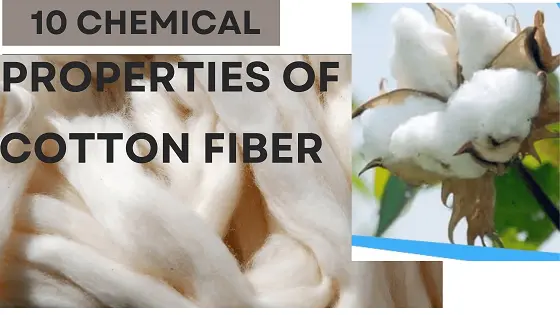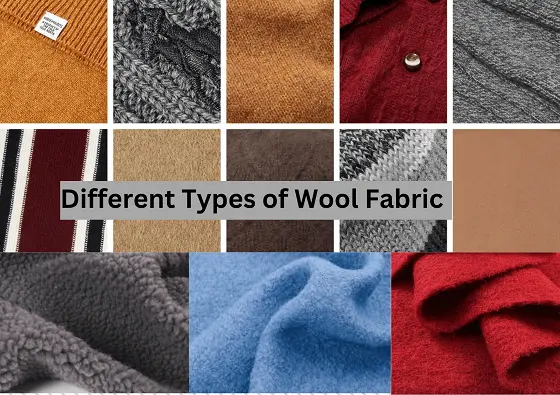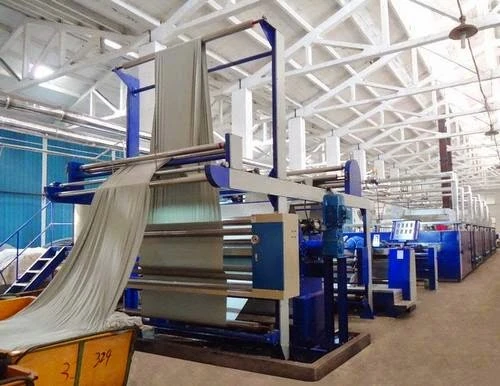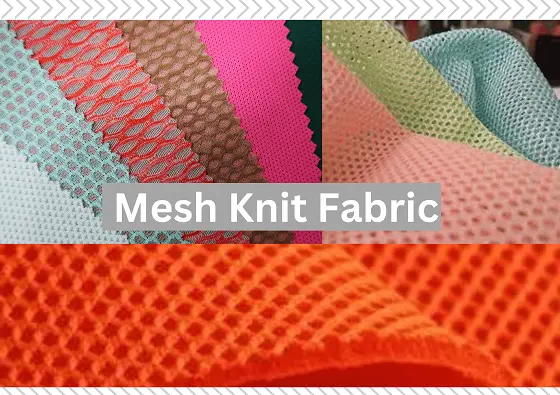Chemical Properties of Cotton Fiber
10 Chemical Properties of Cotton Fiber Cotton is the most commonly used and available natural textile fiber in the world. It is a natural vegetable fiber produced naturally in the cotton plant. It is the most important of the raw materials for the textile industry. It is easily dyeable also. As cotton is a very useful textile[…]






